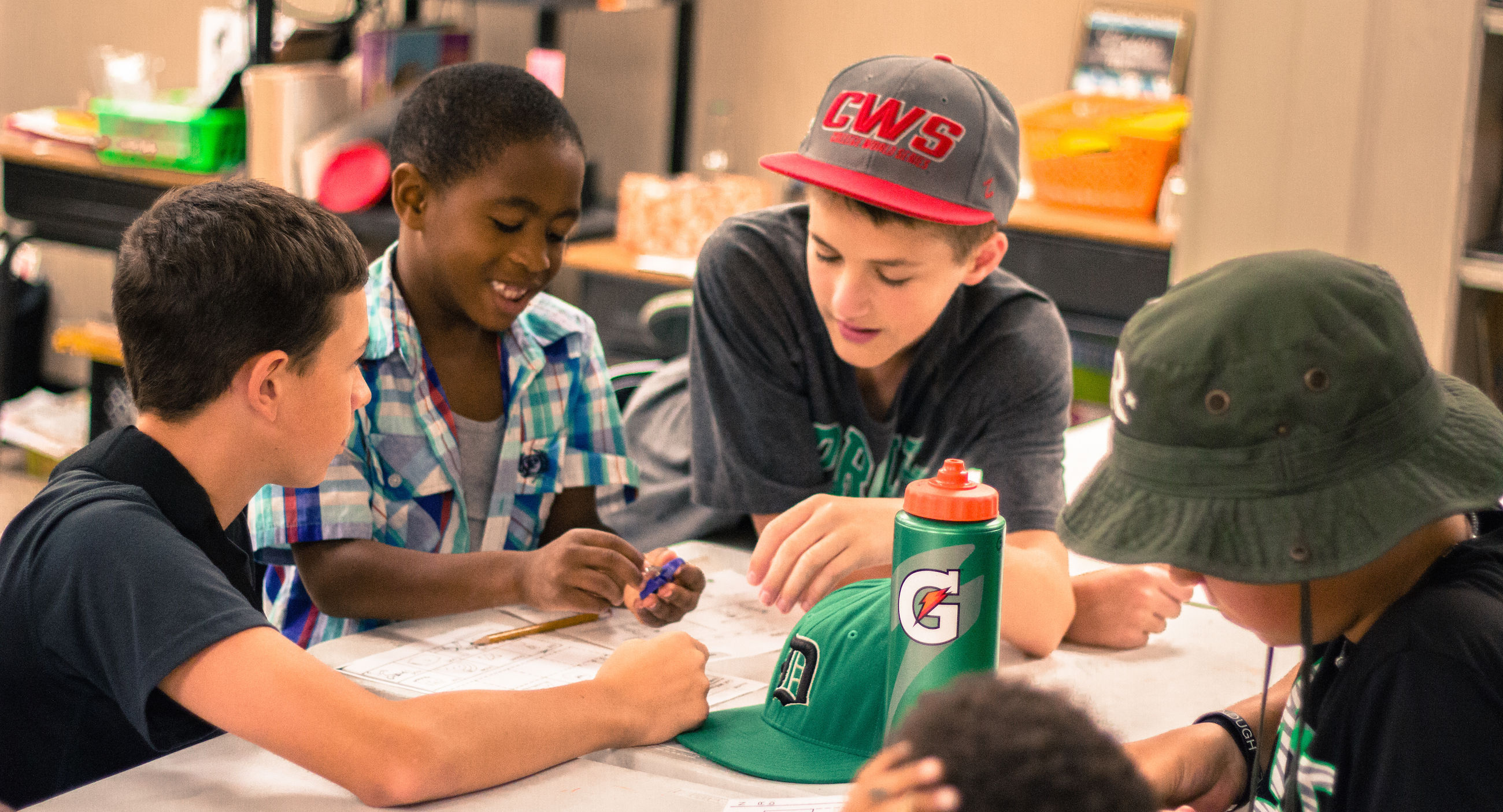Hometown Perspective
The number 37 is significant for my blog today. But, first let me say that I am a life-long Baltimorean and proud of my beautiful, spirited, tough town. Education is a big topic of discussion in Baltimore city. This summer we have a new CEO of the Baltimore City Public School System (BCPSS), after our school board replaced the incumbent less than two years into his troubled four year contract. The incoming CEO, Sonja Santelises, will be the 9th in less than 20 years. For scale, our system educates more than 80,000 students in 186 schools – approximately half of our entering freshman don’t graduate from high school.
So, 37… Thirty-seven is the number of teenagers and young adults who graduated with GEDs in Baltimore this month. These particular young people attended GED preparation courses at Youth Opportunity (YO) Centers run by Ernest Dorsey of the Mayor’s Office of Employment Development (MOED) in East and West Baltimore. Launched in 1999, with funding from the U.S. Department of Labor, the YO Centers have longevity where youth serving agencies often come and go too quickly to establish traction or trust in Baltimore’s economically and socially challenged neighborhoods. These centers, 5 when first established – 2 remaining, serve young people ages 16 to 23 who are disconnected from school and work. YO has been successful engaging and retaining youth who we weren’t able to engage and retain in the BCPSS. And, this will be important in a moment, the annual cost of the GED program is $1,000 per year, per participant.
I have worked with and been befriended by youth from the YO centers since their inception. I was a founding member of the CDC funded research team that collaborated with the Eastside center on the Health and Opportunity Partnership – Project HOPE. It was applied research which successfully created youth peer and provider led mental health enhancing programs in one of our most violent neighborhoods – half of the project’s peer leadership group had witnessed a homicide. I still spend important, chosen family time with a young woman I met in 2002 when I was fortunate enough to have her as a 17 year old, YO intern. We celebrated her graduation with a GED in June of 2005. This summer she became a supervisor earning a living wage, working at the Youth Works program managed by Mr. Dorsey of MOED.
In Baltimore we hear quite a bit about the “school-to-prison pipeline.” When you live here and talk to young people, their parents, grandparents and teachers you know this phrase is not rhetorical. There are zone schools where BCPSS police outnumber guidance counselors. Students in trouble are often taken directly from their learning institutions to “baby bookings” – the colloquial term for the Juvenile Justice Center where youth are processed following their arrest, and sometimes detained. Many of the young people who commit violent crimes are charged and imprisoned as adults in our city.
It just so happens that $37, 000 is the exact amount needed to pay for the incarceration of one Baltimore City resident for one year. One less prisoner pays for the YO GED program for all of the young people who graduated this month.
At a national level, this spring US News and World Report published an article stating that, according to the National Assessment Governing Board’s – Nation’s Report Card, “…analysis shows that 37 percent of students are prepared for college-level math and reading…”. With only 37% of graduating students ready for college nationally, it doesn’t take much to realize that many of our young Baltimoreans are below even that curve.
While this blog could sound like it is about a GED programs or young people going to jail or the frightening number of American high school graduates who must be remediated in order to pursue further education, all important topics linked by the number 37. My point is to offer of the reader another glimpse into why it is so important for us to engage and prepare students to keep them in school.
In closing I am left with these questions; If we are skilled, smart, experienced researchers and educators – which we are…
- What don’t we know about how to keep students in school?
- What don’t we understand more about how to keep them safe, engaged, learning and getting themselves ready for lives they want to lead?
- We know that $37,000, and one less person in the school to prison pipeline, could provide 37 more young men and women a GED course, which might mean 37 first jobs, and maybe 37 second jobs or even a job that could pay the rent, providing a stable home for their families. What could $37,000 provide for schools trying to retain and fully prepare students until graduation?
- How do we connect the right research to the right policies and the right practices to fulfill our essential promise to the young people of our nation?

Published by